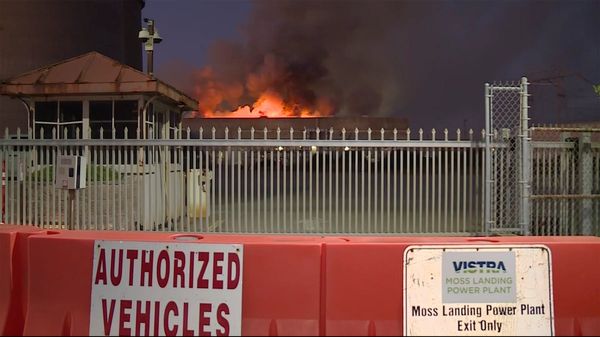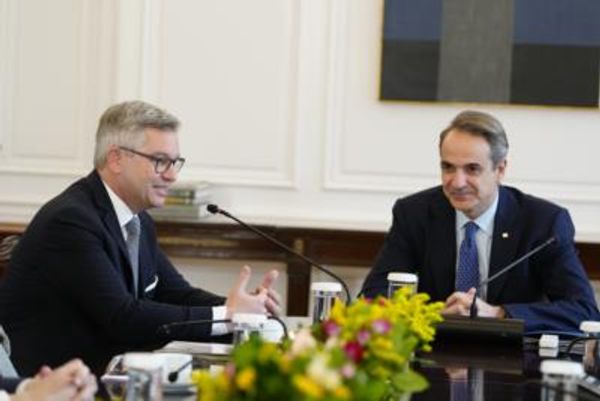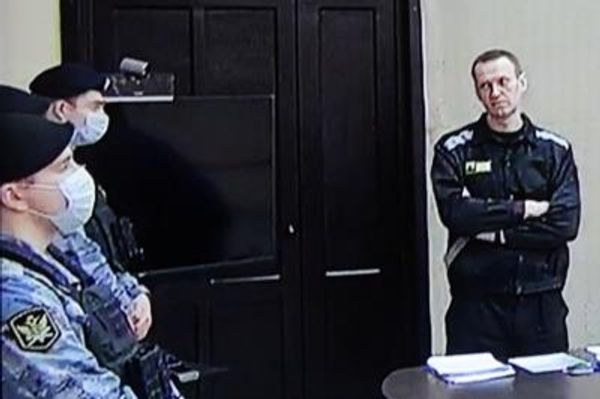
The first census in Northern Ireland to track sexual orientation has found that 2.1% of the region’s population identify as lesbian, gay, bisexual or other.
The Census 2021 figures, published on Tuesday, found that 31,600 people aged 16 or over in the region identified as LGB+.
Some 1.364 million adults (90%) identified as straight or heterosexual, and 119,000 (8%) did not answer the question, or preferred not to say.
By location, 4.1% in Belfast identified as LGB+ compared with 1.1% in Mid Ulster.
The figures indicate that Northern Ireland has the lowest percentage of people in the UK who identify as LGB+, after Wales (3%) and England (3.2%).
The Scottish census was run separately a year later.
The Rainbow Project said it welcomed the opportunity to record the numbers of LGBT+ people across the UK but expressed disappointment that changes were not made to allow for gender identity to be gathered in the Northern Ireland census.
“Today’s release is a meaningful first step towards ensuring all LGBTQIA+ people are counted and visible within our society, but there remains much to be done,” they said.
The latest information, released by the Northern Ireland Statistics and Research Agency (Nisra), also looks at employment, qualifications and marital status.
It found that of 1.515 million adults in Northern Ireland, 849,000 (56%) were in employment, 42,000 (2.8%) were unemployed and 624,000 (41%) were economically inactive due to being retired, long-term sick or disabled.
Around one in three said their highest level of qualification was a degree/NVQ 4 or above, while just under a quarter said they had no qualifications.
In terms of marital status, there has been a fall in the percentage of adults who are married over the last six censuses, from 61% in 1971 to 46% in 2021, and a rise in those who are single from 31% to 38%.
Around 7% of the population aged three or over (127,000) said they could speak Irish, and of those, 70,000 said they spoke Irish at least once a week.
Some 3.3% (61,000 people) aged three and over said they could speak the Ulster-Scots language, and 41,000 of those said they spoke Ulster-Scots at least once a week.
In terms of population make-up, 13.5% (257,000) were born outside Northern Ireland, with 105,000 having come to live in the region in the last 10 years, and 66,000 having arrived between 2001 and 2010.
Census 2021 was carried out in March last year.







